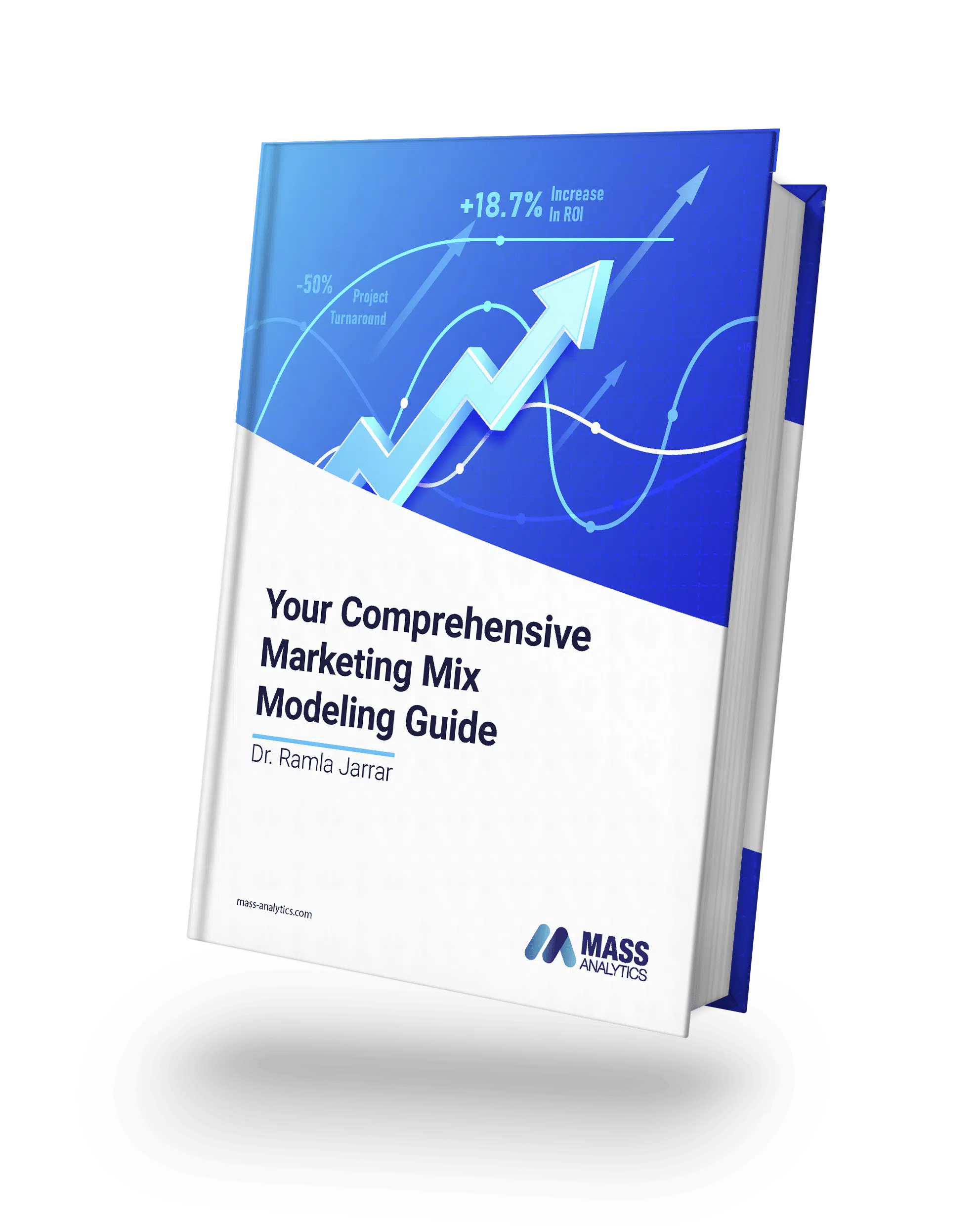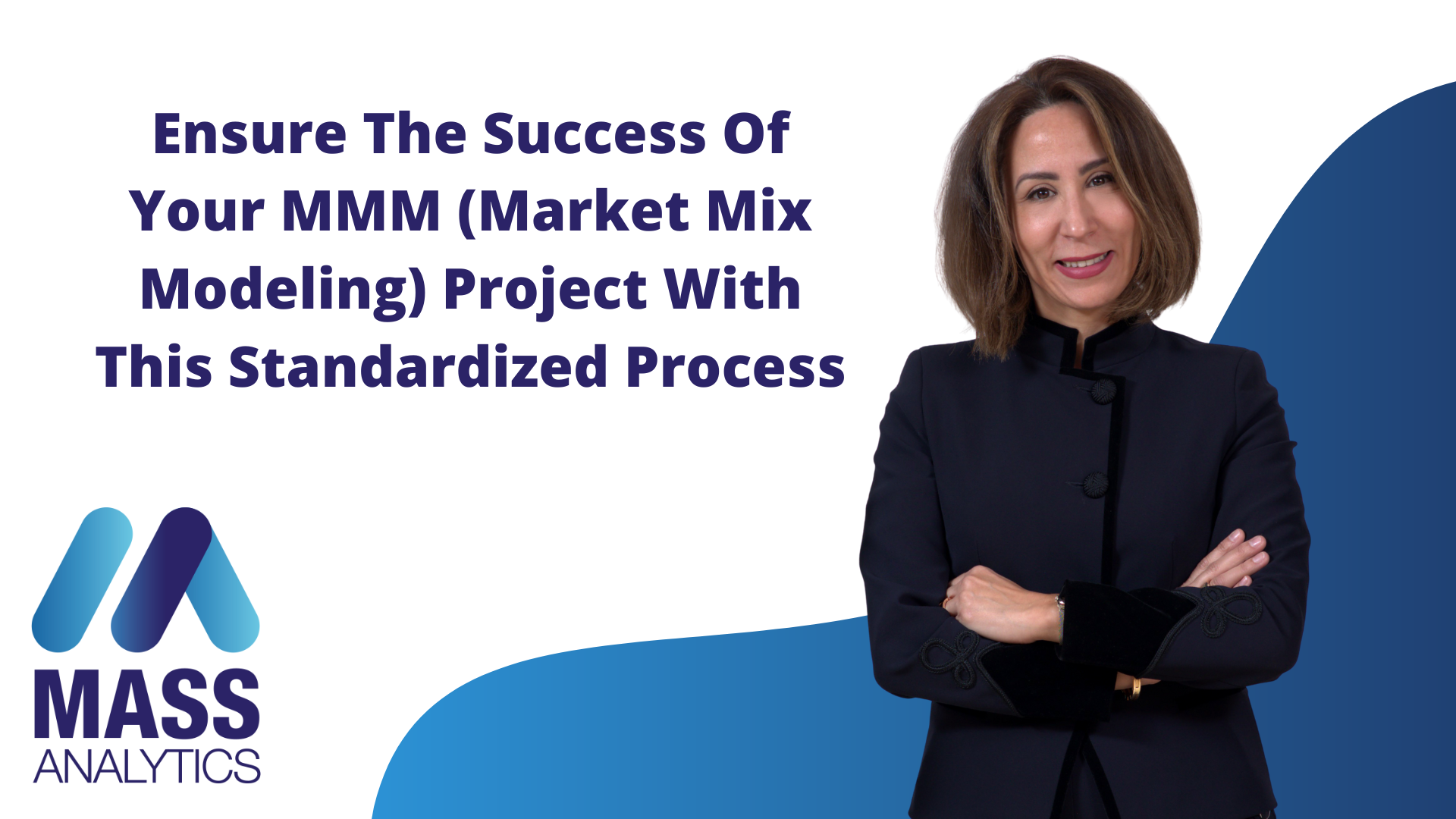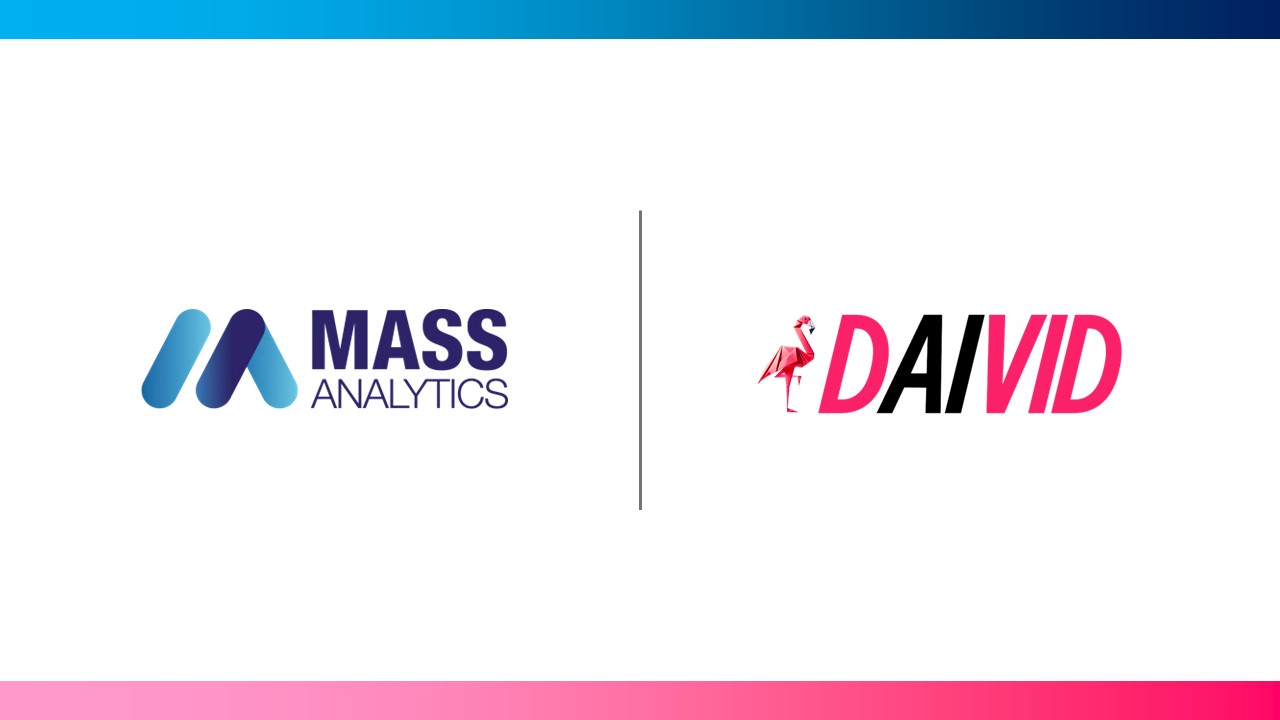Cookies are Crumbling: What is The Future of MMM?
2020 was, by all means, a challenging year for advertising, as spending fell by 8.8%. However, global advertising spend is forecasted to recover to 5.8% growth in 2021. It will reach a total of US$579 billion, based on the latest Dentsu Global Ad Spend forecasts.
Digital ad spending however persisted during the pandemic. It grew by 12.7% according to eMarketer. The shock of the previous year only emphasized the inevitable rise of digital spend. Customers are consuming online content faster than ever before. And digital is rapidly dominating the world of advertising. As a result, marketing teams must quickly adapt to this new environment. They need to put the right measurement framework in place to understand and disentangle the performance of each marketing channel.
Today’s advertisers generally turn to Attribution, namely Multi-Touch Attribution (MTA) and Marketing Mix Modeling methods (MMM) to help them understand and quantify the true impact of their marketing efforts be it online or offline. Yet, in the years prior to 2020, some have heralded the demise of MMM! The decades-old technique was expected to leave the marketing effectiveness measurement scene to pave the way for MTA.
Difference Between MMM and MTA
To begin, it may be helpful to define our terms: If attribution is the process of assigning a causal link between marketing activity and sale, then MMM and MTA are both subsets of attribution. The primary distinction between Marketing Mix Modeling and Multitouch Attribution is that the former is an aggregated top-down approach, whereas the latter is a disaggregated bottom-up approach.
Marketing Mix Modeling
Marketing Mix Modeling consists of collecting aggregated data (rather than customer-level data) from various sources. The goal is to determine the impact of marketing and non-marketing activities on a specific KPI, such as sales, unique weekly visitors, brand awareness, and so on. To achieve this, MMM relies on regression and other econometric methods. Typically, this involves developing a model based on historical sales movements (or any other KPI movement). It also requires statistically estimating the relationship between the modeled KPI and the various factors influencing it. These methods have the ability to disentangle the impact of media and marketing activities on sales, calculate ROI by channel, and consequently help optimize budgets while controlling for all exogenous factors.
Multi-Touch Attribution
MTA, on the other hand, focuses on customer-level data. It attempts to identify the digital touchpoints that contribute the most to customer conversion, and assign a credit to each. Credits can be assigned using a variety of methods (Single Touch Attribution, Rule-Based MTA (e.g. Linear, U-Shaped, Decay, etc.), algorithmic…)
Thanks to the advancement of Internet technology, advertisers can monitor users’ exposure to advertising using cookie data. Cookies don’t fit well, if at all, in mobile apps, where mobile users spend 80 percent of their time. Nonetheless, Google’s single-sign-on (SSO) and Google Ad ID; Apple’s IDFA (identifier for advertisers); and Facebook’s SSO allow for accurate monitoring of users throughout devices. Furthermore, companies like LiveRamp and Experian can provide marketers with information about daily online purchases using only a single email address. This opens up the possibility of combining this data with that of online customers. When marketers combine these two pieces of knowledge, they may gain a detailed understanding of the consumer path to conversion.
Where is MTA Today?
It is clear that MTA is on a downslope path to disappearance, given its violation to privacy laws. The unrealistic promises and the disputable validity of its insights have only contributed to this fall. When Google and Apple announced the coming termination of third-party cookies, chaos ensued around MTA. This is however far from being a game-changer, as MTA was flawed from the get-go.
The tech giants’ changes, which will take effect in 6 months’ time, are merely another nail in the coffin of conventional Multi-Touch Attribution measuring capabilities. This comes as the next step following multiple restrictions on the world’s data Sources (Facebook, YouTube, Amazon, and so on), the shaking impact of GDPR, and of course the following CCPA. With Google removing third-party cookies, it seems like MTA is being put to rest once and for all.
Many are sailing away from the sinking ship that is Multi-Touch Attribution. However, it is important to note that MTA hasn’t been living up to our expectations since its inception. Barriers to a successful implementation of attribution appear to center around technology and staffing. This makes this method promise a greater potential than it actually has. The ideal approach should be a holistic one that combines a strong scientific basis with robust techniques and less vulnerability to changing privacy frameworks.
The verdict is soon to be settled for good between MMM and MTA. Only a robust, contemporary technique can advance the Marketing Measurement industry through the cookieless future. The world of marketing is at an accelerated pace, and data is its fuel. If you’re a marketer or advertiser, the most critical metric is possibly ROI across all platforms. If it isn’t now, it should be.
It is therefore essential that marketing departments adapt promptly to this new setting. Measurement and transparency are becoming more vital than ever in the overall marketing strategy.
The Future of Marketing Mix Modeling or The Third Alternative
As we established the demise of MTA with its crumbling cookies. That leaves us without a clear verdict for the main alternative. The main objection regarding classic Marketing Mix Modeling is that it can be expensive and time-consuming. It’s also criticized for being limited to retail and CPG and being suitable for DR. Another criticism is that it’s not fast or granular enough to extract useful insights for short-term and tactical decision-making. These objections have a certain degree of validity. And they are the reason why a new and improved MMM is emerging to bring the decades-old techniques to 2021 standards.
Multi-Touch Attribution
Commercial Mix Modeling or CMM is a modified Marketing Mix Modeling approach. It maintains the main strengths of Marketing Mix Modeling but with more agility, speed, and granularity. Commercial Mix Modeling has many names across companies. Some refer to it as contemporary Marketing Mix Modeling. But all these names refer to the same concept of fast future-proof MMM.
CMM allows advertisers across all verticals, including DR, to measure incrementally for all media and marketing activities in a privacy-friendly manner while delivering granular results and recommendations at the customer segment level. CMM uses aggregated and anonymized data. This is why it is future-proof and not subject to any upcoming regulations regarding consumer privacy and data usage.
Additionally, the versatility of CMM, or contemporary Marketing Mix Modeling, allows to unify measurement in one framework across digital/offline channels and is appropriate when advertiser’s sales are online, offline, or a combination of both. It is for this versatility and robustness that both Google and Facebook are advocating CMM as the new trusted measurement approach.
The two tech giants are providing their measurement partners with accessible, granular data that goes into the campaign execution level. This is another testament that makes CMM even more powerful in providing very actionable and tactical insight that can help companies looking forward.
Specialized Software could help
Often, the line between software and services is a blur in this market. However, experience shows that those who turn to specialized software can take advantage of the automation and the specialist features that these offer to turn complex models into insight and thus deliver real value in a quicker time.
MASS Analytics offers future-proof contemporary Marketing Mix Modeling solutions and services that fit the vision above to empower brands to run their MMM projects in-house, using an automated and AI-powered process. Our evolved MMM solutions and services are already generating significant ROI improvements to global brands across many verticals, allowing them to make faster and more responsive marketing decisions.









